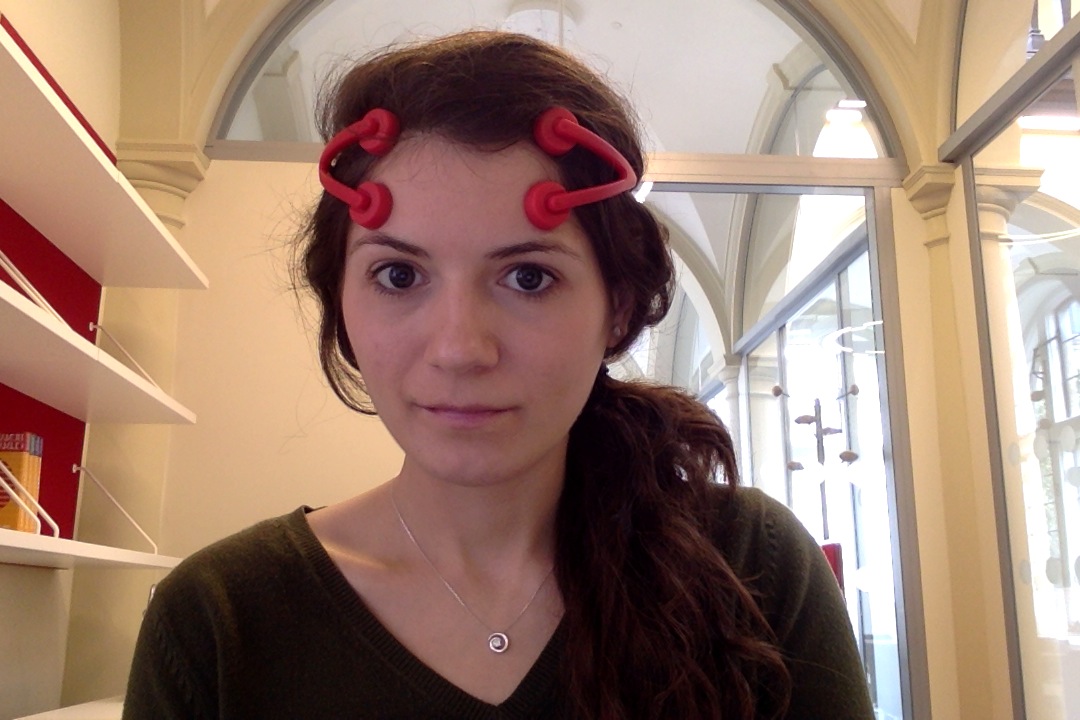Is Home Birth Really As Safe As Hospital Birth? “Woman-centred Care” vs “Baby-centred Care”
Imagine that you and your partner are having a baby in hospital. Tragically something goes wrong unexpectedly during birth and the baby is born blue. He urgently needs resuscitation if there is to be a chance of preventing permanent severe brain damage. How long would it be reasonable for doctors to wait before starting resuscitation? 15 minutes? 5 minutes? 1 minute?
What would be a reasonable excuse for delaying the commencement of resuscitation? They wanted to get a cup of coffee? The mother wanted to hold the baby first? The mother had catastrophic bleeding and this needed urgent attention?
If it were my baby, I would not want any delay in starting resuscitation. And there would be no justification for delaying resuscitation except some more serious, more urgent problem for another patient, such as the mother.
Yet when people choose homebirth, delay is precisely what they choose. It is simply not possible to start advanced resuscitation in the home within minutes. And their reason is not typically some relevant competing health concern that necessitates delivery at home.
Choosing home birth is choosing delay if some serious problem arises which requires immediate resuscitation.

